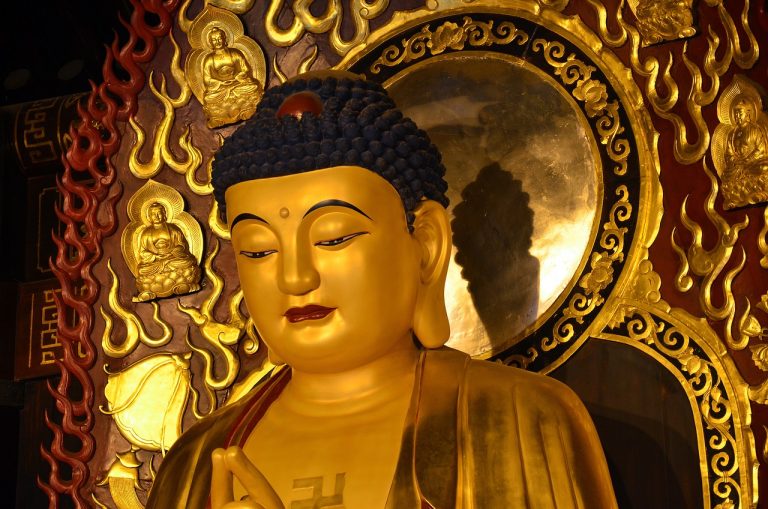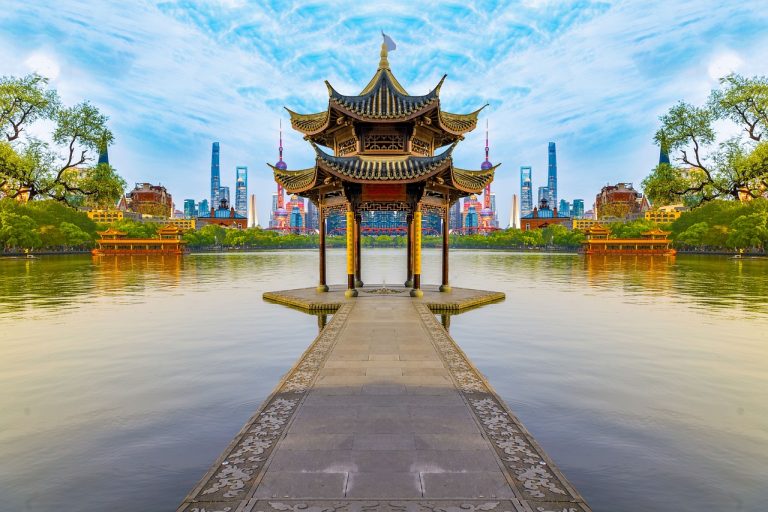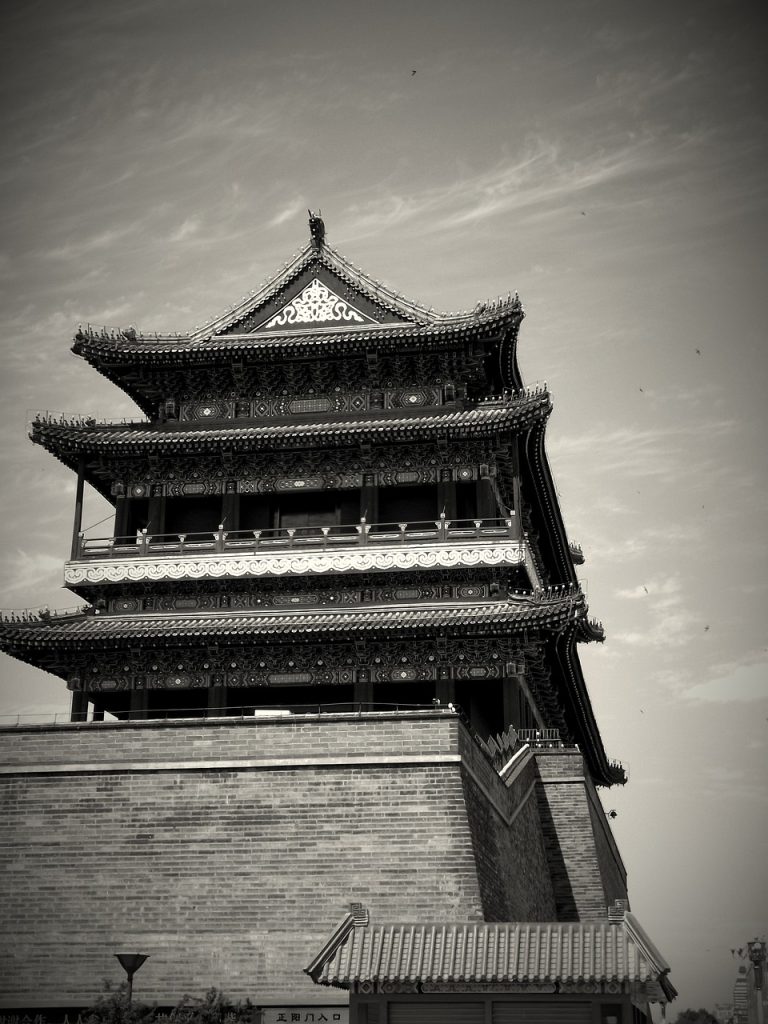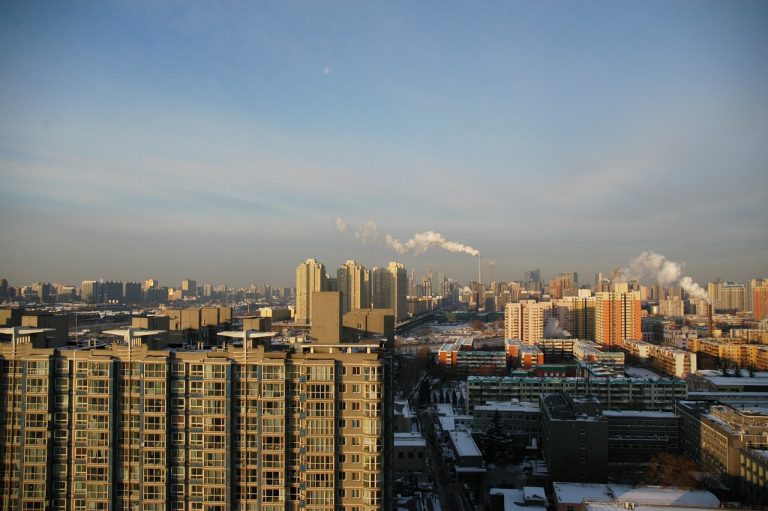Beijing China Video
Historical Landmarks of Beijing China: A Deep Dive
Beijing, the capital city of China, is a treasure trove of historical landmarks that showcase the rich cultural heritage of the country. From ancient palaces to grand temples, Beijing is home to numerous iconic sites that have withstood the test of time. In this article, we will take a deep dive into the historical landmarks of Beijing, exploring their significance and unraveling their stories.
Beijing China Image 1: 
The Forbidden City
- Emperor’s Residence: The Forbidden City served as the imperial palace for emperors during the Ming and Qing dynasties. It consists of 980 buildings, covering an area of 180 acres.
- Architectural Marvel: The Forbidden City showcases traditional Chinese architecture with its intricate roof designs, red walls, and beautiful courtyards.
- Cultural Significance: The Forbidden City is a UNESCO World Heritage site and is considered a symbol of Chinese civilization and power.
The Forbidden City, also known as the Palace Museum, offers a glimpse into China’s imperial past. It was the political center and home to emperors for nearly 500 years. The complex is divided into two main sections: the Outer Court, where official ceremonies took place, and the Inner Court, which housed the emperor’s private quarters.
The architectural design of the Forbidden City is a masterpiece in itself. The buildings are characterized by their yellow-glazed roof tiles, white marble terraces, and crimson walls. The symmetry and grandeur of the palace complex are awe-inspiring.
The Forbidden City represents the pinnacle of traditional Chinese culture and is a testament to the country’s imperial history. It is a must-visit landmark for anyone interested in Chinese history and architecture.
The Great Wall of China
- World Wonder: The Great Wall of China is one of the most iconic landmarks in the world and a UNESCO World Heritage site.
- Historical Significance: The Great Wall is a living testament to China’s rich history, spanning over 2,000 years of construction and expansion.
- Breathtaking Views: The Great Wall offers stunning panoramic views of the surrounding countryside and is a popular destination for hikers and photographers.
Stretching over 13,000 miles, the Great Wall of China is an engineering marvel that protected the Chinese Empire from invasions. It is a symbol of China’s ancient defense system and a testament to human ingenuity.
The construction of the Great Wall began as early as the 7th century BC and continued until the 17th century AD. It served as a physical barrier to protect the Chinese Empire from nomadic tribes and other foreign invaders.
Visitors to the Great Wall can enjoy breathtaking views of the rolling hills and picturesque landscapes. It is an excellent opportunity to immerse oneself in nature while exploring this magnificent historical landmark.
Beijing China Image 2: 
Temple of Heaven
- Spiritual Center: The Temple of Heaven is a sacred complex where emperors of the Ming and Qing dynasties performed rituals to ensure good harvests.
- Symbolic Design: The Temple of Heaven is renowned for its unique architectural layout and precise symbolism.
- Beautiful Gardens: The Temple of Heaven is surrounded by expansive gardens that provide a serene and tranquil atmosphere.
The Temple of Heaven is a masterpiece of Chinese architecture and design. It consists of several buildings and altars, each serving a specific purpose in the religious ceremonies conducted by the emperors.
The circular shape of the main buildings represents the heavens, while the square-shaped surrounding walls symbolize the earth. This harmonious blend of shapes reflects the Chinese belief in the unity of heaven and earth.
The gardens surrounding the Temple of Heaven are meticulously landscaped and offer a peaceful retreat from the bustling city. Visitors can stroll through the gardens and admire the ancient trees and vibrant flowers.
Summer Palace
- Imperial Retreat: The Summer Palace was a royal retreat during the Qing dynasty and is known for its stunning lakes, gardens, and pavilions.
- Kunming Lake: The Summer Palace features the picturesque Kunming Lake, which covers an area of 2.2 square kilometers.
- Longevity Hill: At the center of the Summer Palace stands Longevity Hill, which offers panoramic views of the surrounding area.
The Summer Palace served as a summer retreat for emperors and their families, providing respite from the heat of Beijing. It is a masterpiece of Chinese landscape design and is often referred to as a “museum of gardens.”
Kunming Lake is a central feature of the Summer Palace and offers boating and scenic views. The lake is surrounded by lush greenery and is a popular spot for leisurely walks.
Longevity Hill is adorned with temples, pavilions, and halls, each with its own unique architectural style. Climbing to the top of the hill rewards visitors with breathtaking vistas of the Summer Palace and Beijing.
Beijing China Image 3: 
Temple of Confucius
- Philosophical Haven: The Temple of Confucius is a place of worship and learning dedicated to the Chinese philosopher Confucius.
- Architectural Elegance: The temple complex features beautiful traditional Chinese architecture, with ornate roofs, intricate carvings, and serene courtyards.
- Cultural Significance: The Temple of Confucius is a UNESCO World Heritage site and serves as a symbol of Confucianism, one of the fundamental pillars of Chinese society.
The Temple of Confucius is a tranquil sanctuary where people come to pay their respects to Confucius, one of China’s most influential thinkers. It is also a center for Confucian studies and education.
The buildings within the Temple of Confucius are architectural marvels, showcasing the elegance and sophistication of traditional Chinese design. The intricate details and craftsmanship are a testament to the importance placed on education and philosophy in Chinese culture.
Confucianism has had a profound impact on Chinese culture, shaping social norms, ethics, and education for centuries. The Temple of Confucius stands as a testament to the enduring influence of Confucian teachings.
Conclusion
Beijing, China’s capital city, is a treasure trove of historical landmarks that offer a glimpse into the country’s rich cultural heritage. From the imposing Forbidden City to the majestic Great Wall, these landmarks tell the stories of ancient empires and philosophies. The Temple of Heaven, Summer Palace, and Temple of Confucius provide insight into the spiritual and intellectual aspects of Chinese society. Exploring these historical landmarks is like stepping back in time and discovering the wonders of China’s past.
References
- Palace Museum: www.dpm.org.cn
- UNESCO World Heritage: whc.unesco.org
- Temple of Heaven: www.tiantanpark.com
- Summer Palace: www.summerpalace-china.com
- Temple of Confucius: www.kongmiao.org.cn







